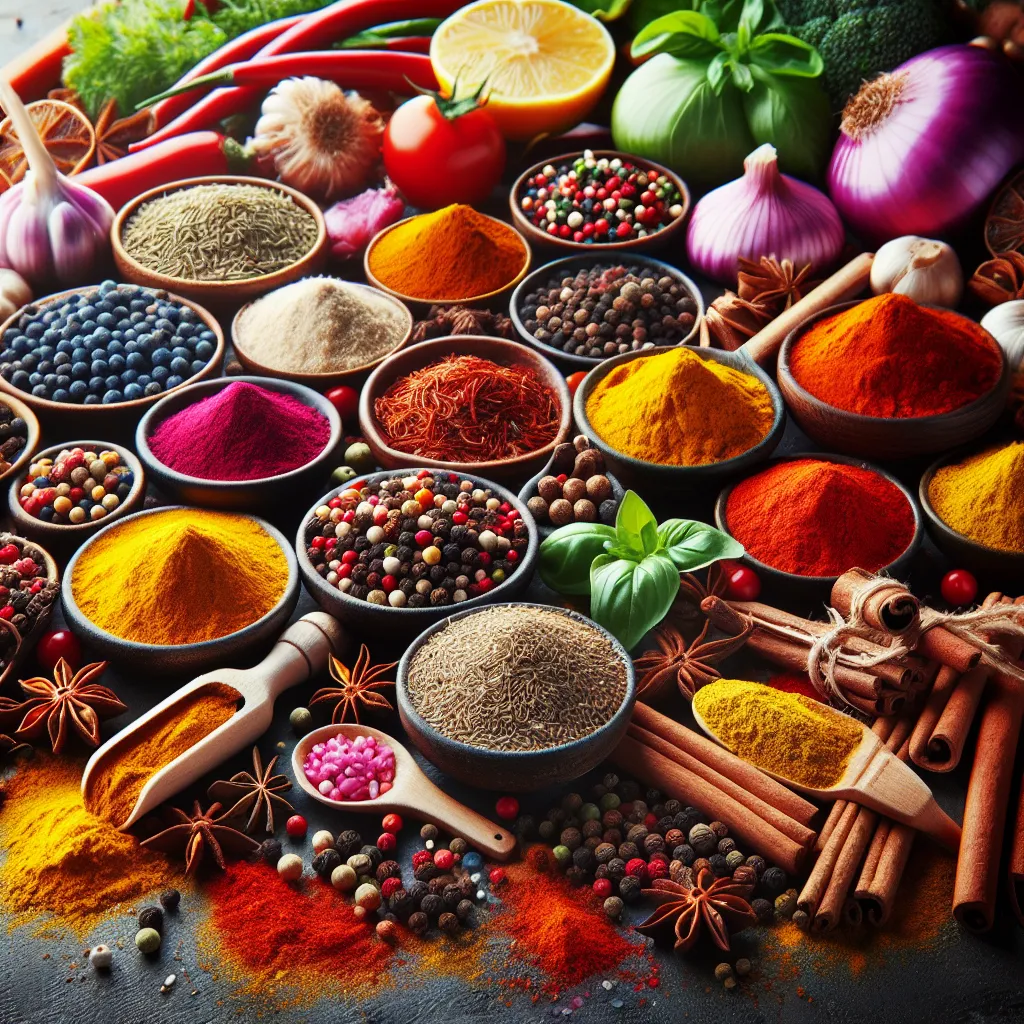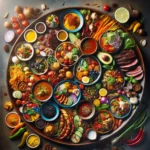Exploring Exotic Ingredients: From Spice Markets to Local Farms
Exploring exotic ingredients is an essential part of uncovering new culinary delights. From vibrant spice markets to local farms, the world is full of unique and diverse flavors waiting to be discovered. Whether it’s seeking out rare spices like saffron and cardamom in bustling markets of India or foraging for indigenous herbs and vegetables in the countryside, the journey of exploring exotic ingredients is a fascinating and rewarding experience.
Spice markets offer a kaleidoscope of aromas and colors, where one can find an array of spices such as sumac, fenugreek, and turmeric, each with its own distinctive taste and history. These markets are not only a source of rare and exotic ingredients but also an opportunity to immerse oneself in the cultural tapestry of a region.
On the other hand, visiting local farms provides a more hands-on experience, allowing for a deeper connection with the ingredients. It gives insight into the cultivation and harvesting processes, as well as the chance to interact with local farmers and learn about traditional cooking methods and recipes.
Exploring exotic ingredients also involves understanding the significance of certain elements in different cuisines. For example, the role of kaffir lime leaves in Thai cuisine or the use of za’atar in Middle Eastern dishes. Each ingredient carries a unique story and plays a crucial part in the culinary identity of a region.
In conclusion, the exploration of exotic ingredients from spice markets to local farms offers a gateway to an enriching culinary journey. It not only expands one’s palate but also provides a deeper appreciation for the cultural and historical significance of food. Embracing this aspect of culinary exploration opens up endless possibilities for creating innovative and authentic dishes that capture the essence of different regions.
Culinary Innovations: Using Science to Create Unique Flavors
One of the most exciting aspects of culinary exploration is the constant innovation and use of science to create unique flavors and food experiences. Culinary innovators have been harnessing the power of science to push the boundaries of traditional cooking, leading to a wave of new techniques and ingredients that have transformed the culinary landscape. By leveraging scientific principles such as molecular gastronomy, food pairing, and flavor extraction, chefs and food scientists are able to uncover entirely new sensory experiences for the palate.
Molecular gastronomy, for example, involves the application of scientific principles to food preparation and presentation, resulting in inventive dishes that play with texture, temperature, and taste. This approach has led to the creation of surprising culinary delights such as liquid nitrogen ice cream, edible foams, and spherified cocktails, stimulating not only the taste buds but also the other senses.
Furthermore, the concept of food pairing has gained momentum, with researchers and chefs collaborating to identify unexpected but harmonious flavor combinations. By analyzing the chemical components of different ingredients, scientists have unlocked the potential for unconventional pairings that tantalize the palate in unexpected ways. This has resulted in dishes that juxtapose seemingly contrasting flavors, creating a symphony of taste that defies expectations.
Lastly, the extraction and isolation of specific flavor compounds from natural sources have enabled the creation of entirely new taste profiles. By pinpointing and concentrating the essence of individual ingredients, chefs are able to introduce entirely new and distinctive flavors into their culinary creations, paving the way for a whole new world of taste exploration.
As culinary science continues to evolve, we can anticipate an even greater expansion of the flavor frontier, with the potential for unprecedented taste sensations and culinary experiences that will thrill and delight food enthusiasts around the world.
Tradition Meets Modernity: Reviving Ancient Cooking Techniques
In the world of culinary delights, the fusion of tradition and modernity has become a captivating trend, offering a rich tapestry of flavors and techniques for food enthusiasts to explore. One particularly intriguing aspect of this trend is the revival of ancient cooking techniques, where traditional methods are reintroduced in contemporary culinary practices. This resurgence of age-old cooking techniques not only adds a sense of nostalgia and authenticity to dishes but also brings a renewed appreciation for the depth of culinary heritage.
From the art of fermenting and curing to the mastery of open-flame cooking, chefs and food connoisseurs are rediscovering the wisdom of our ancestors and integrating it into modern gastronomy. By embracing these ancient techniques, they are able to unlock new dimensions of flavor and texture, ultimately elevating the dining experience to a whole new level. For instance, the use of clay pot cooking, a technique dating back centuries, infuses dishes with a unique earthy aroma and imparts a tender, succulent quality to ingredients that is hard to achieve through modern means.
Moreover, the revival of ancient cooking techniques also reflects a larger movement towards sustainability and a more mindful approach to food preparation. By harnessing methods that have stood the test of time, chefs are not only preserving cultural heritage but also advocating for a closer connection to the environment and the sources of our sustenance. This harmonious blend of tradition and innovation allows for a deeper appreciation of the culinary arts while ensuring that time-honored practices continue to thrive in the ever-evolving world of food.




